Inside the $2.17 trillion battle to make our homes smarter
Product launches took a back seat to a bolder narrative from big name brands at the world’s biggest consumer electronics show in Las Vegas this year.
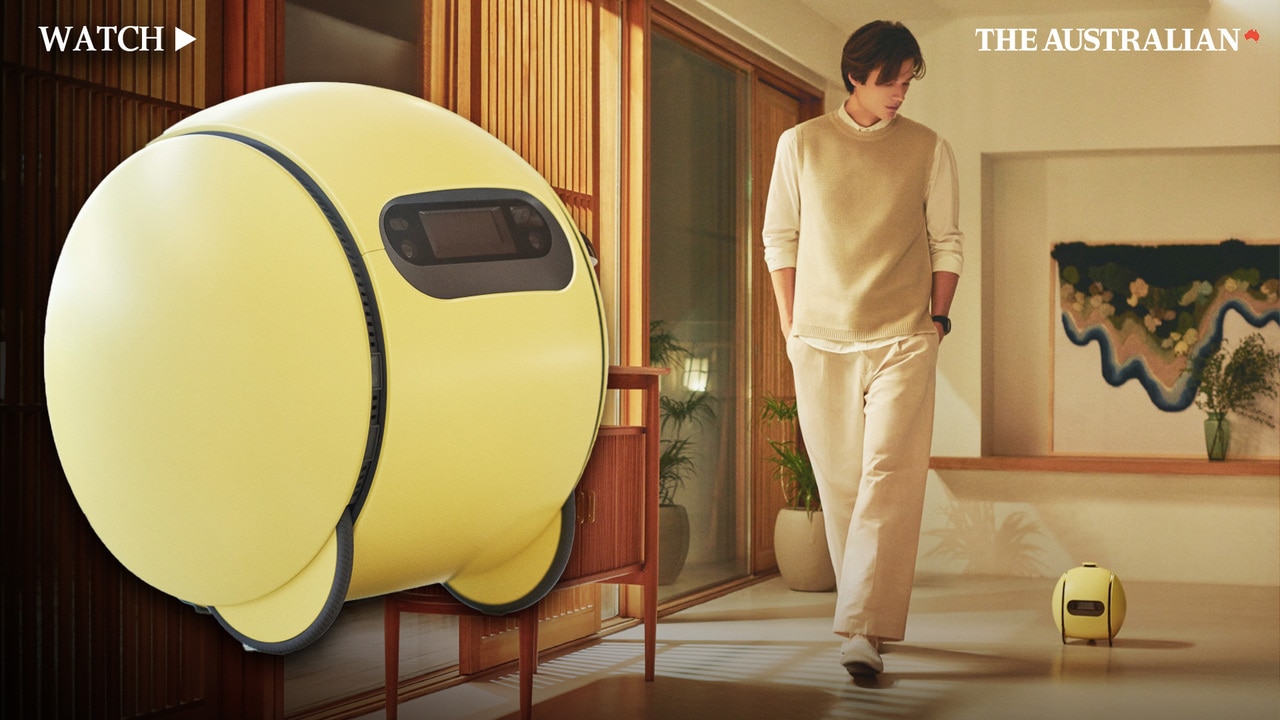
Something was missing at CES this year. The event is a place where the world’s biggest consumer electronics brands showcase their latest wares and technology, encompassing the wonderful to the bizarre in Las Vegas. But, this year product launches took a back seat to a bolder narrative for big brands such as Samsung and LG.
The main presentations and booths of both Korean companies barely mentioned new TVs, washing machines or fridges. Instead they focused on the $US1.35 trillion ($2.17 trillion) battle to control our homes.
This was not about anxiety from Donald Trump’s threat to impose further tariffs on foreign made products — which comprise most of the CES exhibits — when he returns to the Oval Office next week.
Electronics companies are expanding into digital services to ensure they don’t become mere commodity manufacturers in a space Google, Amazon and Apple dominate.
New TVs, fridges, speakers and other appliances are of course still important, but it is how those products connect to each other to make our lives easier, representing the next phase of the artificial intelligence boom.
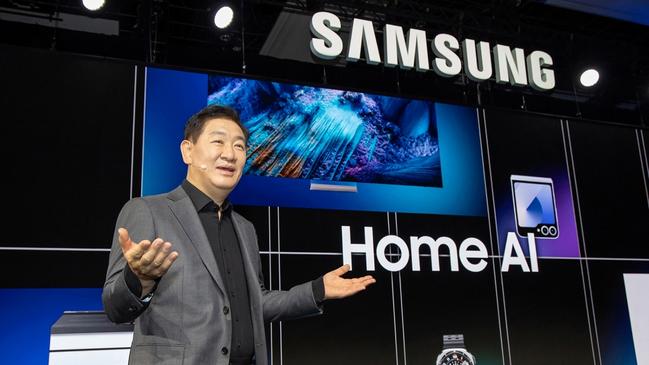
Automation race
Automation is the future. Nvidia chief executive Jensen Huang says it represents the next multi-trillion dollar opportunity. And, appliance makers are ensuring the tech giants aren’t the only ones leading the race.
It is a similar battle carmakers face in the $US1.5 trillion fight to control dashboard infotainment screens. As Tesla boss Elon Musk said in 2023: “Technically we could sell for zero profit for now and then yield actually tremendous economics in the future through autonomy” and other subscription services — spaces which Google, Amazon and Apple are again the big players.

Kwangsun Yoon, chief strategy officer of LG’s Homey, which it acquired when it took over Dutch smart home platform Athom last year to “leapfrog” itself into the market sees the parallels with the auto industry and says developing a platform which connects smart home appliances together allows LG to design its future.
“The easiest way, the best analogy to understand the Homey acquisition is to think about Samsung SmartThings. Samsung acquired SmartThing in 2014,” Mr Yoon said.
“Samsung was able to expand their smart home business just beyond Samsung products, thanks to the acquisition. After the acquisition, SmartThings was always there at CES and IFA [Berlin’s annual tech show], but it was really never commercialised, or people used it a lot. Now, even if you go to one of these booths, they’re now starting to commercialise, and people actually use smart home technologies.
“In a very similar fashion, LG had a few partners, but not many, and we wanted to expand to hundreds of brands. So LG could have gone to Phillips Hue. LG could have gone to all of these partners. But, it was just going to take too long.”
At CES, LG still announced new products like its xboom speaker collaboration with will.i.am, a new line-up of OLED TVs and its ‘world first’ bendable gaming monitor. Samsung also had bigger and brighter TVs, not to mention a new beauty mirror.
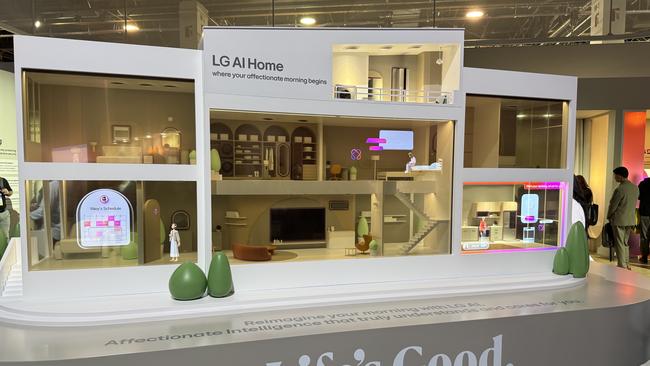
A ‘more holistic experience’
But, the smart home vision was the main focus. And Mr Yoon said the Athom acquisition catapulted LG into the game.
“We decided to acquire Athom and leapfrog and be in the race with the remaining four — that’s Amazon, Alexa, Google Home, Apple, who are obviously the leading three in the US. But, then there’s SmartThings, and then we would like to become the fifth in this race.
“To your point about the automobile industry, I wouldn’t imagine the top five, say the BMW or the Mercedes-Benz, or the Volkswagen group or the Hyundai Group, these guys just giving up on their infotainment and letting Android Auto take over. The manufacturers that are not the top five or maybe top 10 will resort to Android Auto because they can’t really provide this plethora of services by themselves.
“But the company that has the platform is able to provide more holistic experience. Now, the brands that are being connected to these big platforms are more or less commodity. You’re being controlled. You’re the control-ee not the controller.”
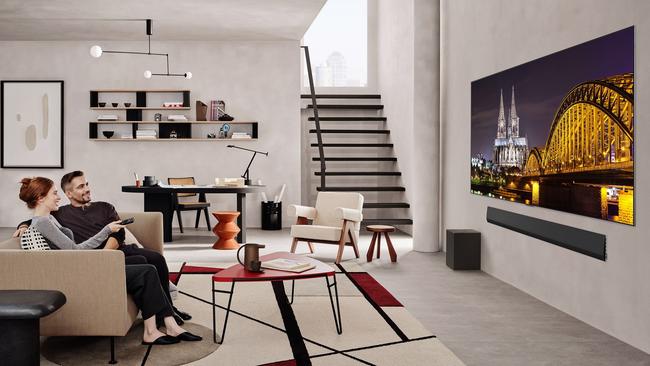
A home that can learn
At CES, LG showed how its smart home platform could operate at home, in the car and at work, with appliances able to learn from user’s behaviour and change their settings autonomously.
LG said its smart home could play a favourite playlist during a celebration or detect a change in vital signs, such as a sudden rise in heart rate, then make recommendations such as asking whether a person was ‘sure they wanted a coffee’, or play calming music.

“Companies like LG, Samsung, maybe some of the big Chinese companies will have their own platform, and those platforms will inter work with other platforms. But these companies will try to retain its own platform so that they can showcase this kind of experience,” Mr Yoon said.
“Your hub will know — LG won’t know — your hub will know how many eggs you have in your refrigerator, how often you’re using your products. So instead of going and asking ‘hey, Google, Amazon, can we do this? Can we design this with you? This would be amazing for the consumers?’ … It’s just going to be too slow. We want to show how the 24/7 look like with our own platform.”
Samsung executive vice president Jaeyeon Jung agrees.
‘That’s not that way we innovate’
“There are two reasons why a company like us needs a platform like SmartThings. Number one, we keep innovating on hardware, and if you have to rely on someone else’s platform to support these new capabilities, new hardware, we have to be always behind. The platform has to go ahead, and then we have to kind of follow. That’s not the way that we innovate,” Ms Jung said.
“And number two, Samsung has a wide range of portfolio products … washers and dryers and dishwashers, refrigerators and TVs and Galaxies and watches, rings. And we want to sort of provide great lifestyle experiences, not just isolated one device experience, and for that platform is needed to provide a consistent and experience.
“Otherwise, the user has to learn one way of using the dishwasher from one application and then use another application to learn about how to use Smart TV. It’s going to be all broken and very burdensome for customers.”
The electronics companies realise compatibility with other platforms and brands is still key in realising the full smart home vision.
“A lot of Australians have a lot of connected devices within their home already, so it’s not necessarily having to go out and buy the product. It’s about understanding how these products can be connected together,” Samsung Australia vice president Jeremy Senior said.

Connecting with other brands
“So I’d suggest download the Smart Things app and see how many of your devices already connect,” said Mr Senior.
“I look at my devices at home, I’ve got maybe seven or eight brands of products that are connected to SmartThings from the power point that will turn on my Christmas tree lights so I don’t have to reach behind the tree every day … (all the way) to airconditioning and refrigerators and my Ring video doorbell.
“They are all different brands of products that are coming together. As you learn and grow with it, you will find more useful benefits.”
This includes not only saving time, but money, with Samsung saying its Bespoke AI washing machine can shave 60 per cent off energy use for the appliance, with its sensors able to detect soiling and load size.
Like LG, Mr Senior said new products were still a focus at CES, and it had a separate booth at Caesar’s Palace, away from the main show at the Las Vegas Convention Centre.
“We are still very product-focused but not here on the main stand. What we want to communicate here to the broader audience at the main stage is around our commitment to AI technology, SmartThings continues to evolve and the benefits to consumers and industry for adopting that technology,” Mr Senior said.
Cutting waste
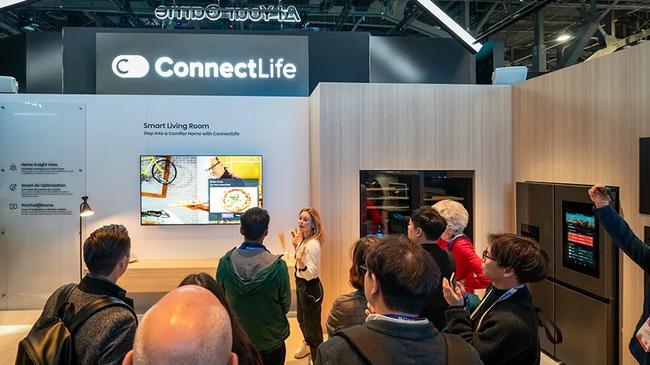
Hisense also has its own platform ConnectLife and introduced its first “smart hub refrigerator” this year at CES, which has a touch screen and can suggest recipes based on the ingredients you have to minimise waste or adapt recipes to gluten or nut allergies.
“Redefining the kitchen experience with smart, connected and sustainable appliances, Hisense is committed to setting new industry standards and enhancing the way Australians live,“ said Chris Kotis, Hisense Australia vice president of sales and marketing.
“We’re thrilled to bring these premium innovations to Australian homes this year.”
The author travelled to CES with assistance from Samsung, LG and Hisense.


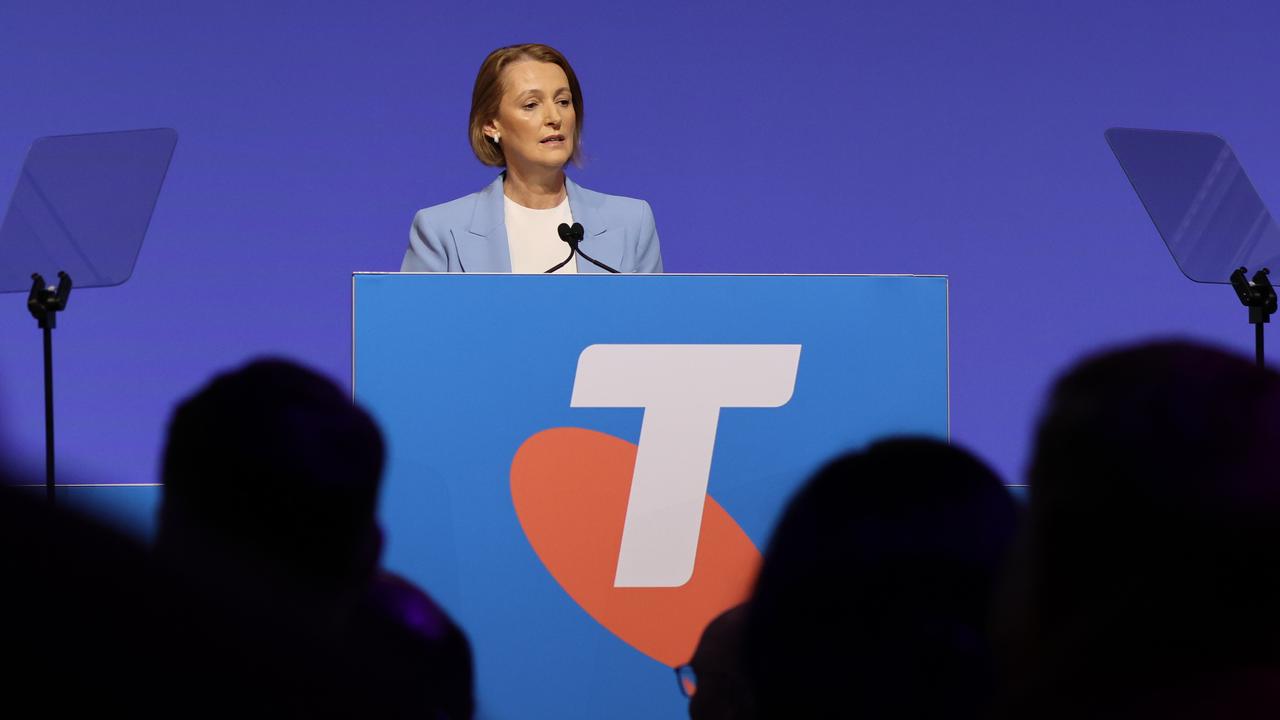
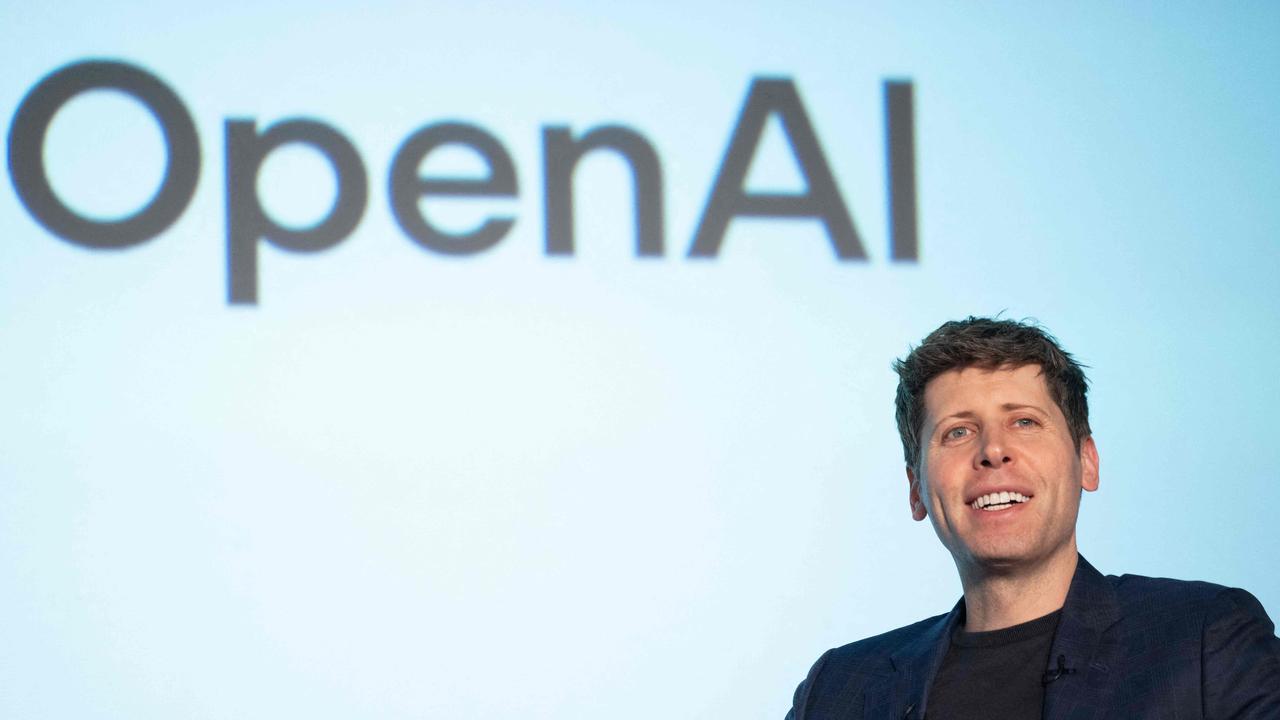
To join the conversation, please log in. Don't have an account? Register
Join the conversation, you are commenting as Logout